A former tennis player best known for having reached the top ten in singles, Wojtek Fibak is also an entrepreneur and an art collector. With a collection of artists mainly coming from his home country Poland, he is one of the first private collectors to allow great exhibitions of his collection in national museums. Currently living between Monaco, France, New York and Poland, he set up Galeria Fibak in 2001 in Warsaw to share his passion for Polish contemporary art with the world and to organize exhibitions in and out of its walls.
LARRY’S LIST had a talk Wojtek Fibak who revealed how his parents made him discover his passion for art before he could even remember, what his credo in collecting is, what some of his most treasured works are, and which Polish artists he recommended watching out for.
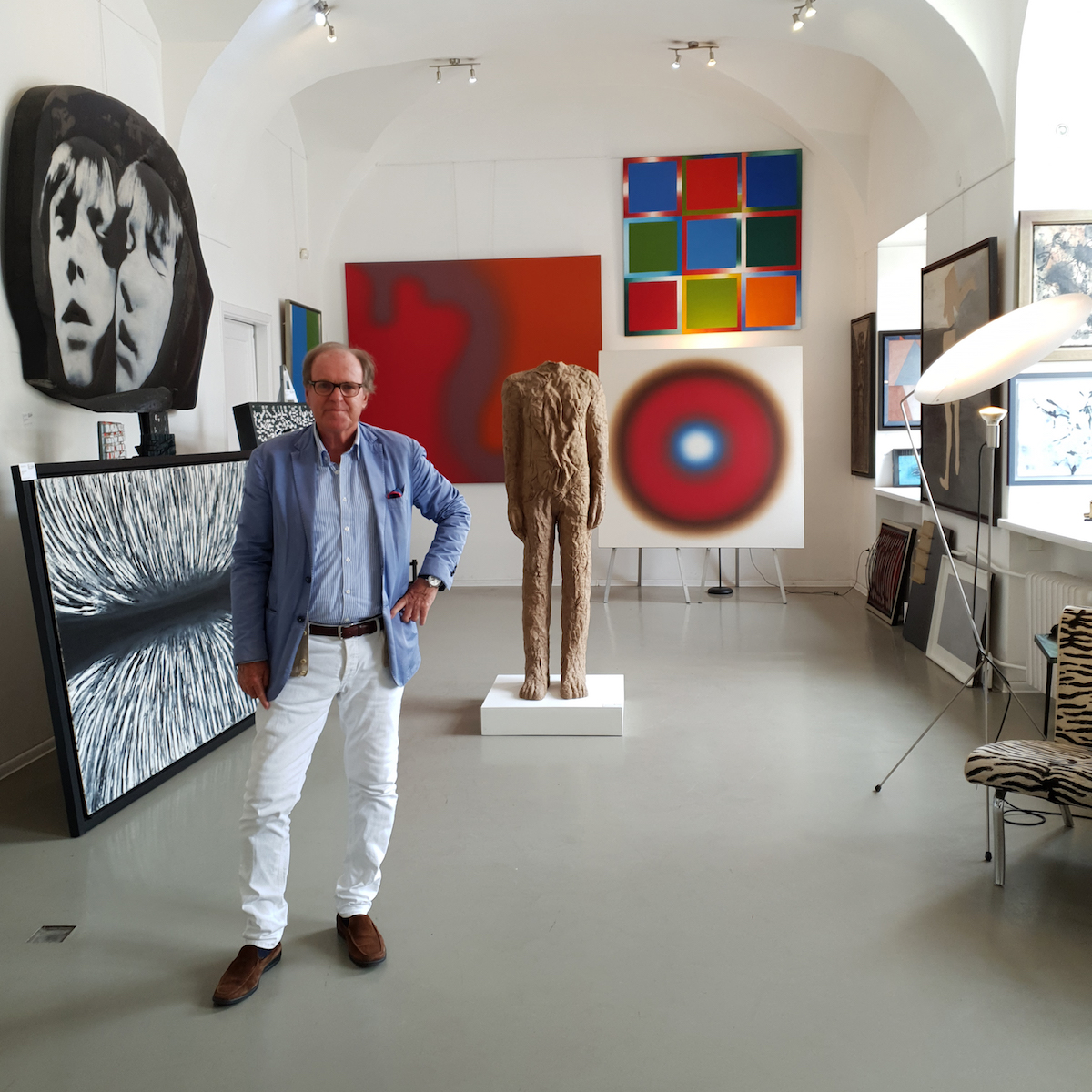
Collecting
What made you want to start collecting art? What is the main motivation behind your collecting?
Like almost everything, this passion started when I was a child. My parents gave me a lot when it comes to fine art culture, and I will be ever grateful to them for that. My mother collected Biedermeier furniture and magnificent ceramics (from China, Saxony, Rosenthal…) and initiated me to a collector’s culture. As for my father, he was a renowned surgery professor and author of many important medical texts, a great multilingual humanist and lover of the art of great masters, not only sharing his interest, but also teaching it. I will always remember this trip to Krakow we had when I was a child, he asked me to take notes about every painting in the Sukiennice museum and to choose the paintings that I liked the most and explain why. The artworks I chose then were Jozef Chełmoński’s “Czworka” and Józef Brandt’s “Kawalkada” – my tastes were close to those of my father then… but it didn’t last. As every young boy, I had to see the world for myself and make choices of my own.
As I started to travel for my tennis tournaments around Poland first, then around the world, I fell in love with modern and contemporary art, this is how I acquired multiple works of Jean-Michel Basquiat, Jean Dubuffet, Gerrit Rietveld, and many others.
If I had to choose one main motivation behind my collecting, I would say that I simply can’t do otherwise, I learned from my mother to live with these objects that are so much more than objects. They have a soul of their own, and the collection itself has its life. It is a breathing being, growing bigger and smaller, then bigger again, evolving with time; and I think it even have its own mind – sometimes I buy or sell artworks simply because I feel it is the right time for the collection. I try to listen to its needs, as if it was a member of the family.
When did you fall in love with a piece of art? What was it?
I bought my first artwork in the US when I was 18, after I earned a bit from tennis tournaments. The painting was so big that it barely fit in my parent’s garage. It was definitely love, but certainly not the first time. Even as a little boy, I used to admire reproductions of two paintings hanging on my bedroom’s walls: Wyczolkowski’s “Fishermen” and Wyspianski’s “Girls”. I think being a collector is, as it implies, to “be” something, it has to come from the deepest of your being.
Some collectors may have discovered this part of them later on – but I am sure it always was there somewhere in them. As for me, my family didn’t give me much of a choice: I discovered this passion before I can even remember.
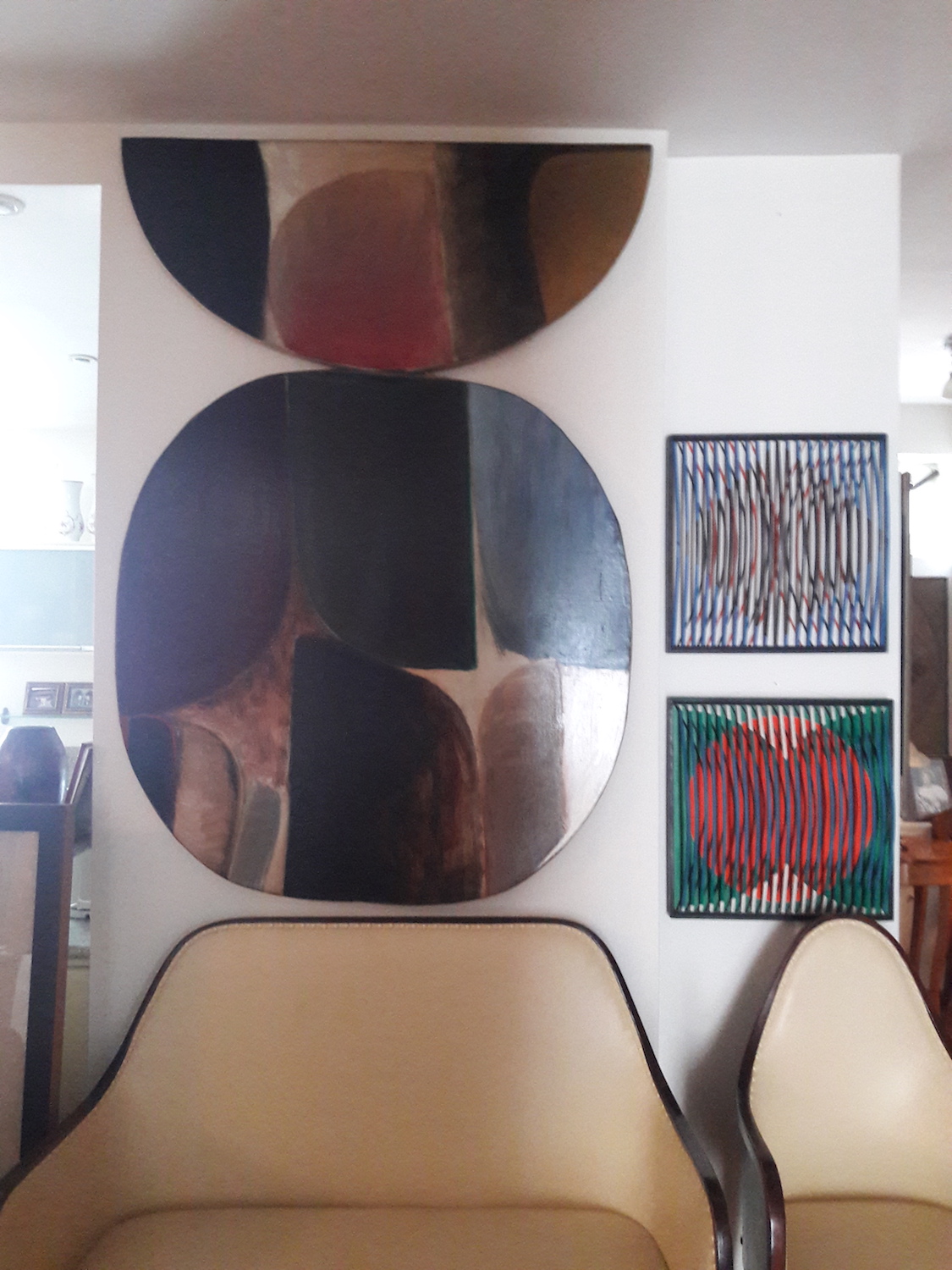
Why is it important for you to collect works by Polish artists?
First of all, I am Polish myself, even though I live between Monaco, France, New York and Poland now, I still can’t argue with the fact that I will always have a peculiar feeling for the country I am from, its art was made by people who experienced things that are very close to me and that I understand, so I find a lot of meanings in Polish paintings.
But I also find an interest in it because of my travels. I think that Polish contemporary art is very important, during the socialist period, artists were pressured a lot by the authorities, as everyone else, and that stimulated a lot their creativity. Polish contemporary art is very graphic, it works a lot with optic and our perceptions, or the notion of balance and unbalance in compositions. I value my works from Fangor, Gierowski, Nowosielski or Lebenstein… and many others, as much as I value the works of the greatest international hits I had and have in my collection.
Is there any particular type of art that has consistently attracted you, or anything that unites all the works you have acquired?
My personal credo was to always try and buy the best works of the artists that I liked. Sometimes it took weeks to convince them to sell some of these works, as they didn’t always want to. Apart from that, my collection is a reflection of myself – what I think, how I feel – it evolves as I do, and that is for the best.
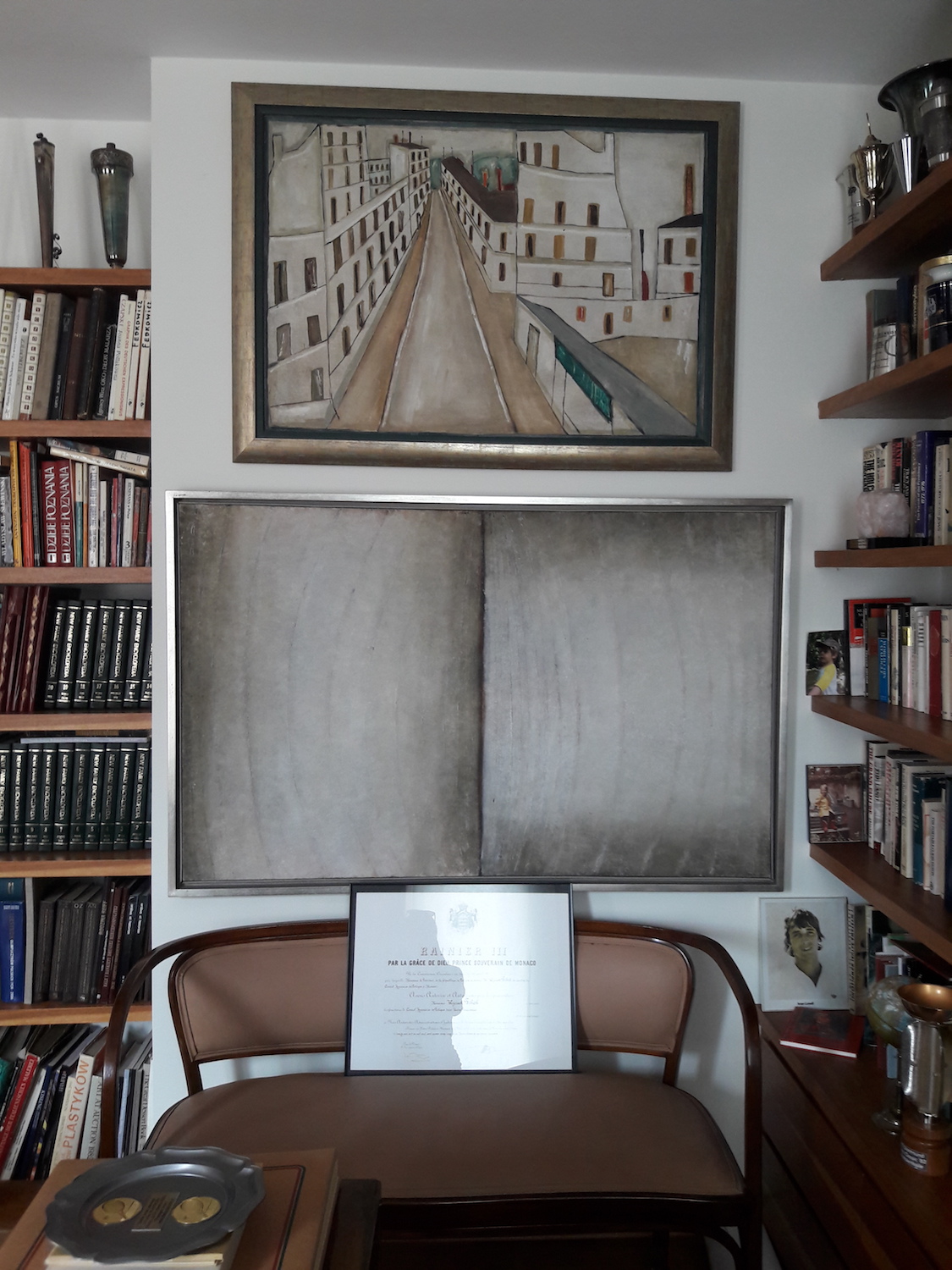
How many artworks do you own? What is the proportion of your collection being displayed at home and in Galeria Fibak?
I currently have over 200 paintings in my art gallery in Warsaw, and as for my houses, it is hard to tell without checking since I very often travel from one home to another with some artworks, but I’d say roughly 300.
What considerations guide you to make a purchase?
Well, first of all, I have to like it (laughs).But as I said earlier, my credo is to collect the best artworks from the artists who come to my liking. For some years, I buy almost exclusively Polish modern and contemporary art, since I enjoy it a lot and I see great market potential in it that hasn’t fully flourished yet.
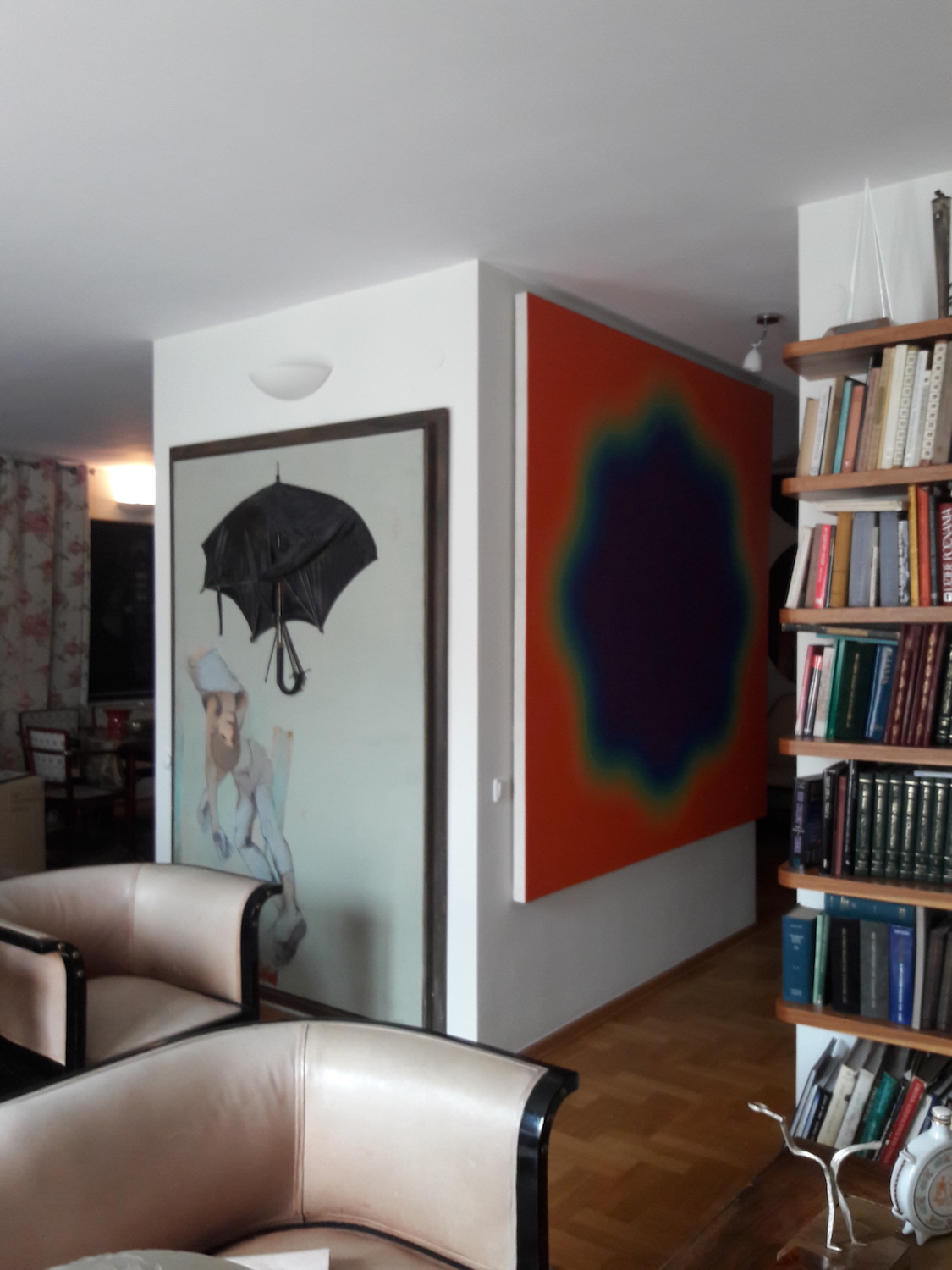
What is your most treasured artwork?
I have a few: Wojciech Fangor’s “M 89”for instance, which has become one of the faces of my collection for about two years now. Stefan Gierowski’s “XXCI”and “CCCXIX”are also some of those paintings I don’t want to separate with. Krasinski’s work “Intervention” from 1970 that I recently acquired also comes to mind. But there are many others, I can’t really choose.
How important is it for you to meet the artists who created the artwork?
I really enjoy meeting artists, having some great time with them, talking not only about their work, but also their views in life, how it all impregnate their creations.
It is something that I really love to do, and I jump on any occasion I have to meet an artist whose work I like.
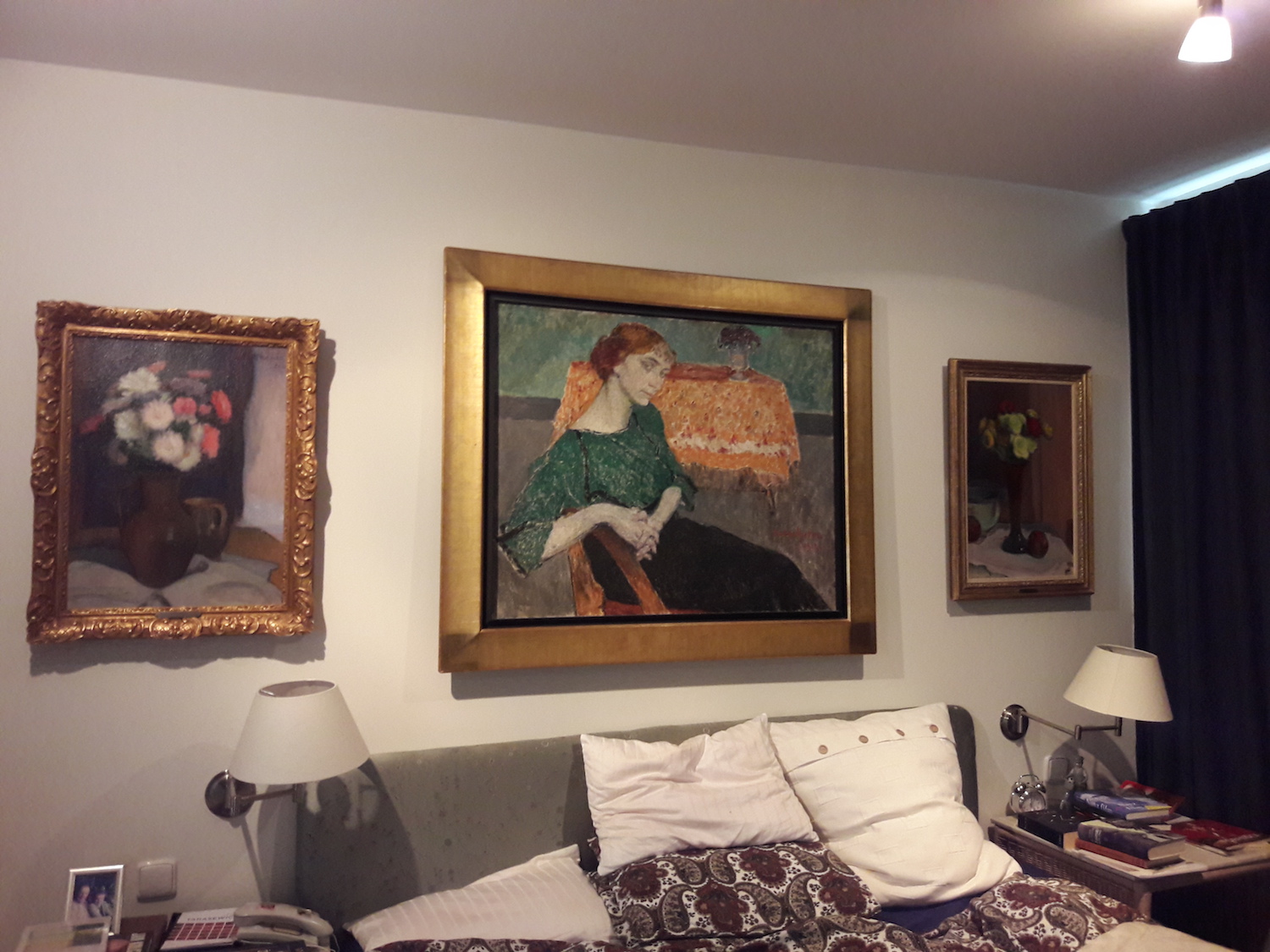
Galeria Fibak
What motivated you to set up Galeria Fibak, this place where you exhibit artworks that even national museums envy you of? What are its missions?
I created Galeria Fibak in 2001 in Warsaw as I came back to Poland to have a vitrine on the Royal Avenue of the capital city of my home country where I could promote Polish contemporary art. It is very important for me to share this culture with others – Polish partners, but also friends from abroad who come to visit often and can discover easily the best of Polish art.
It is also important to me to share what I have, allow the public to see these works. Poland is still very marked by socialism and the fear to show what we have to the general Public. I was the first private collector to allow great exhibitions of my collection in national museums. For about 30 years, my paintings are traveling from museums to museums all around Poland, biting often the audience scores.
My gallery has broadly two missions: to help me share my interest for Polish contemporary art with the world, and to organize exhibitions in and out of its walls.
What is your new exhibition about?
We currently have two exhibitions going on: a more “permanent” one in the gallery, showing the biggest hits in the polish contemporary art. We have a lot of optical art exhibited lately.
The other one, located in the castle of Ostróda, has for title “The Art of the Form”, it was the work of Max Mogan Gielniewski, my French curator and Karolina Ostojska, the director of my gallery. It focuses on the theme of the form and how contemporary artists questioned themselves about it: what makes a form? How do we perceive it? How does it come to be?
A great exhibition I was really delighted by.
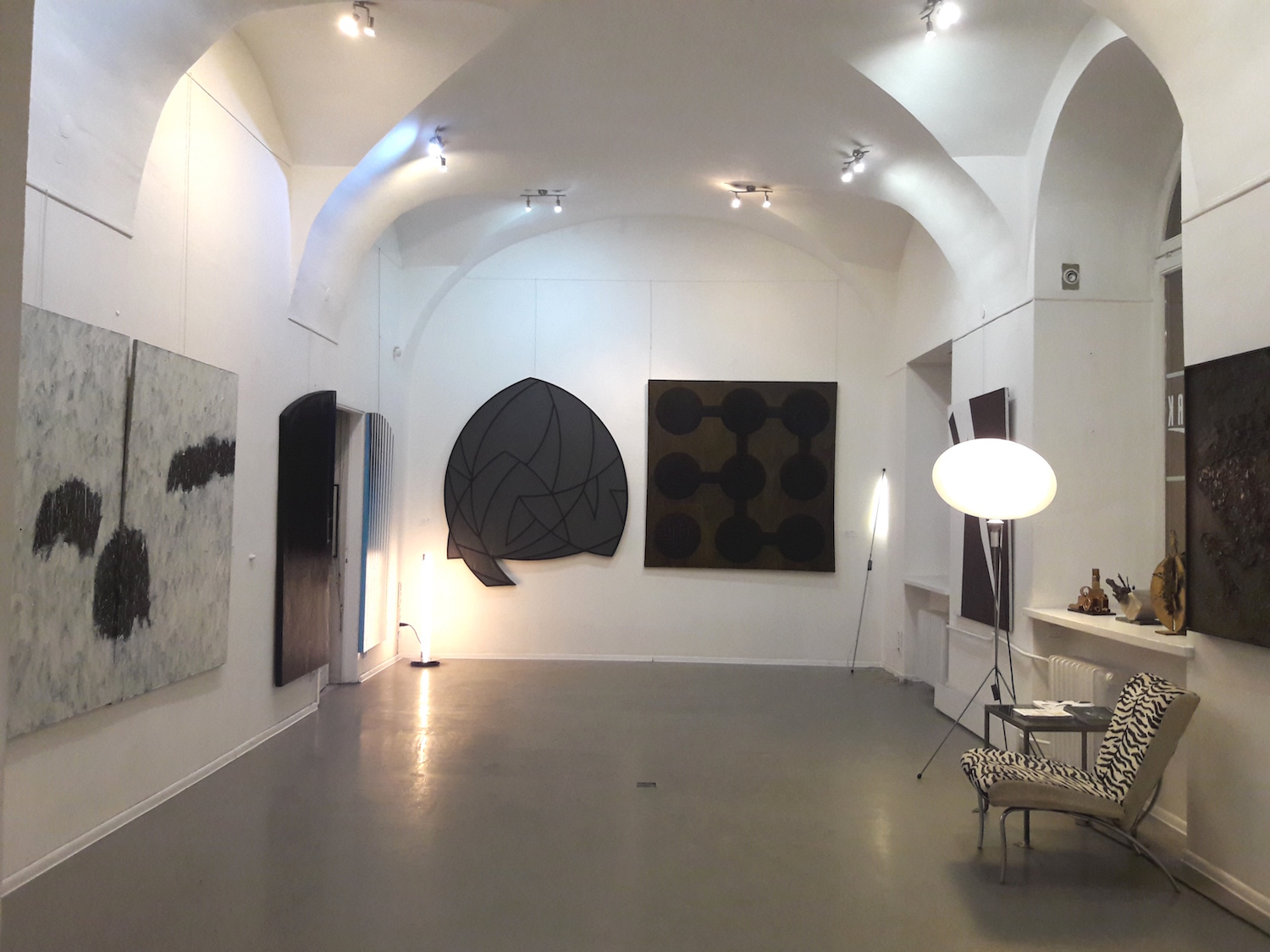
Can you name three Polish artists who should be on our radar?
Most of them should! (laughs)
But If I had to give a quick hint:
Stefan Gierowski, one of the most renowned masters who continues to innovate and hasn’t shown everything he’s got yet.
Andrzej Nowacki, the rising star working in Berlin.
Jerzy Kalucki, one of the great Polish constructivists.
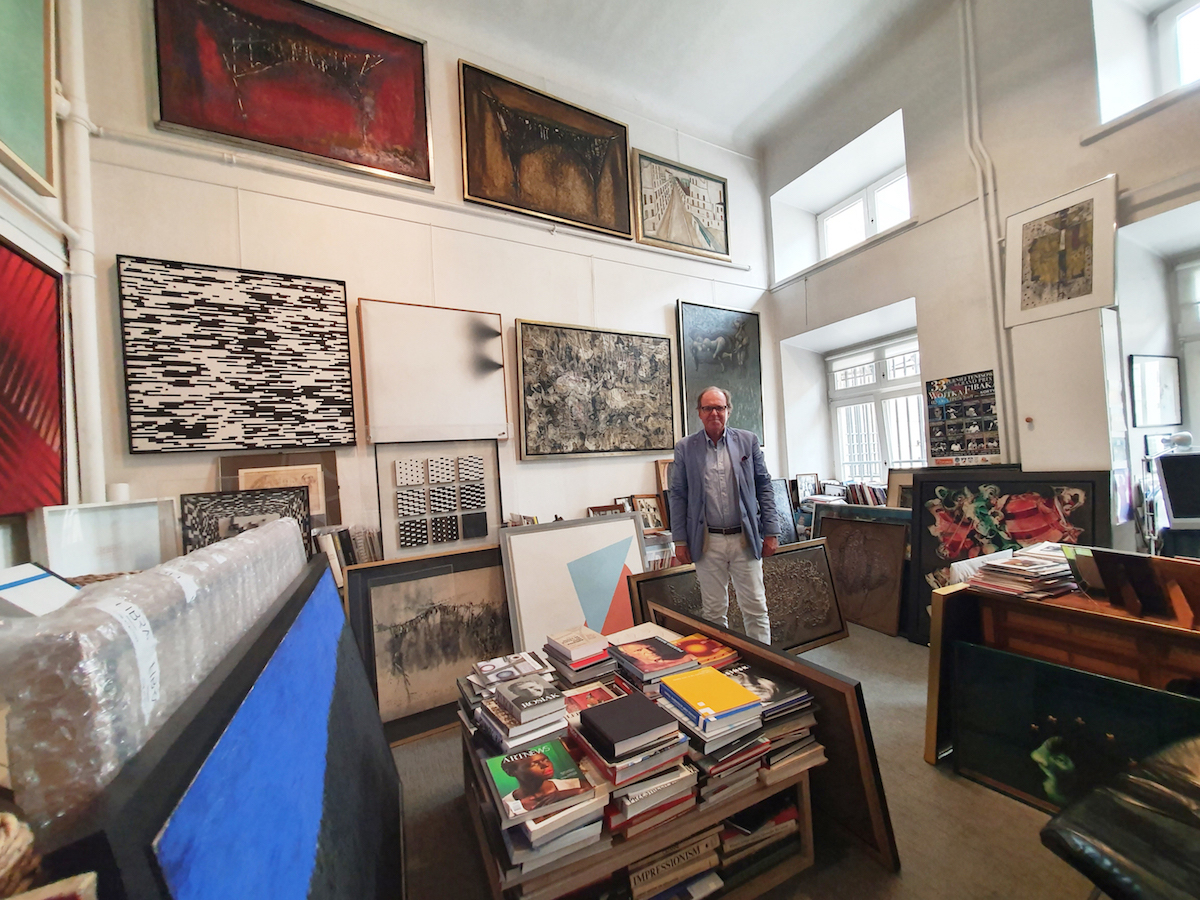
Related: Galeria Fibak
A selection of artists Wojtek collects:
Jan Berdyszak
Jan Dobkowski
Jerzy Kalucki
Kajetan Sosnowski
Marcin Maciejowski
By Ricko Leung





